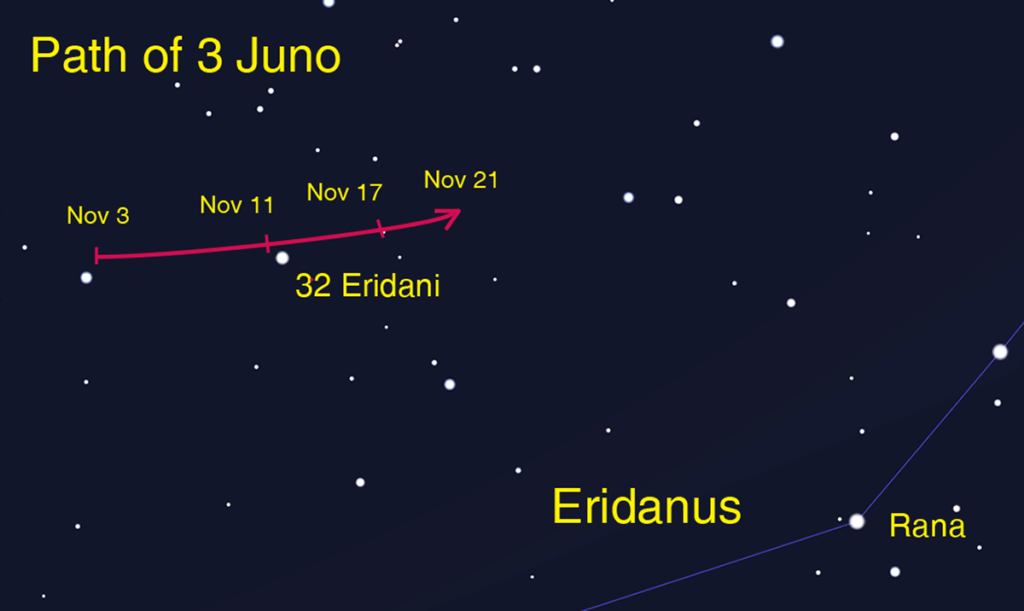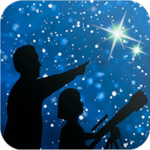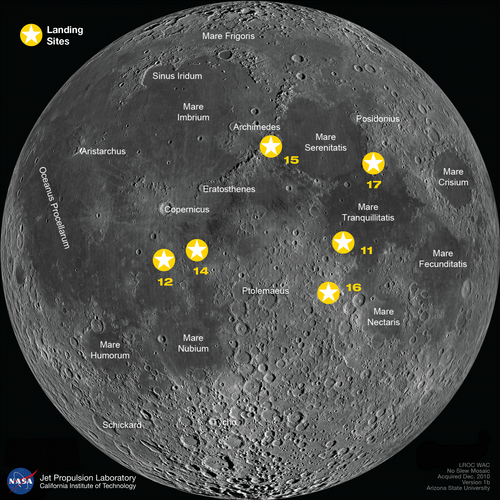By David Prosper

Caption: Earthrise, 1968. Note the phase of Earth as seen from the Moon. Nearside lunar observers see Earth go through a complete set of phases. However, only orbiting astronauts witness Earthrises; for stationary lunar observers, Earth barely moves at all. Why is that?
December marks the 50th anniversary of NASA’s Apollo 8 mission, when humans first orbited the Moon in a triumph of human engineering. The mission may be most famous for “Earthrise,” the iconic photograph of Earth suspended over the rugged lunar surface. “Earthrise” inspired the imaginations of people around the world and remains one of the most famous photos ever taken. This month also brings a great potential display of the Geminids and a close approach by Comet 46P/Wirtanen
You can take note of Apollo 8’s mission milestones while observing the Moon this month. Watch the nearly full Moon rise just before sunset on December 21, exactly 50 years after Apollo 8 launched; it will be near the bright orange star Aldebaran in Taurus. The following evenings watch it pass over the top of Orion and on through Gemini; on those days five decades earlier, astronauts Frank Borman, Jim Lovell, and Bill Anders sped towards the Moon in their fully crewed command module. Notice how the Moon rises later each evening, and how its phase wanes from full on Dec 22 to gibbous through the rest of the week. Can you imagine what phase Earth would appear as if you were standing on the Moon, looking back? The three brave astronauts spent 20 sleepless hours in orbit around the Moon, starting on Dec 24, 1968. During those ten orbits they became the first humans to see with their own eyes both the far side of the Moon and an Earthrise! The crew telecast a holiday message on December 25 to a record number of Earthbound viewers as they orbited over the lifeless lunar terrain; “Good night, good luck, a merry Christmas and God bless all of you – all of you on the good Earth.” 50 years later, spot the Moon on these holiday evenings as it travels through Cancer and Leo. Just two days later the astronauts splashed down into the Pacific Ocean after achieving all the mission’s test objectives, paving the way for another giant leap in space exploration the following year.
The Geminids, an excellent annual meteor shower, peaks the evening of December 13 through the morning of the 14th. They get their chance to truly shine after a waxing crescent Moon sets around 10:30 pm on the 13th. Expert Geminid observers can spot around 100 meteors per hour under ideal conditions. You’ll spot quite a few meteors by avoiding bad weather and light pollution if you can, and of course make sure to bundle up and take frequent warming breaks. The Geminids have an unusual origin compared to most meteor showers, which generally spring from icy comets. The tiny particles Earth passes through these evenings come from a strange “rock comet” named asteroid 3200 Phaethon. This dusty asteroid experiences faint outbursts of fine particles of rock instead of ice.
You can also look for comet 46P/Wirtanen while you’re out meteor watching. Its closest approach to Earth brings it within 7.1 million miles of us on December 16. That’s 30 times the average Earth-Moon distance! While passing near enough to rank as the 10th closest cometary approach in modern times, there is no danger of this object striking our planet. Cometary brightness is hard to predict, and while there is a chance comet 46P/Wirtanen may flare up to naked eye visibility, it will likely remain visible only via binoculars or telescopes. You’ll be able to see for yourself how much 46P/Wirtanen actually brightens. Some of the best nights to hunt for it will be December 15 and 16 as it passes between two prominent star clusters in Taurus: the Pleiades and the V-shaped Hyades. Happy hunting!
Catch up on all of NASA’s past, current, and future missions at nasa.gov





